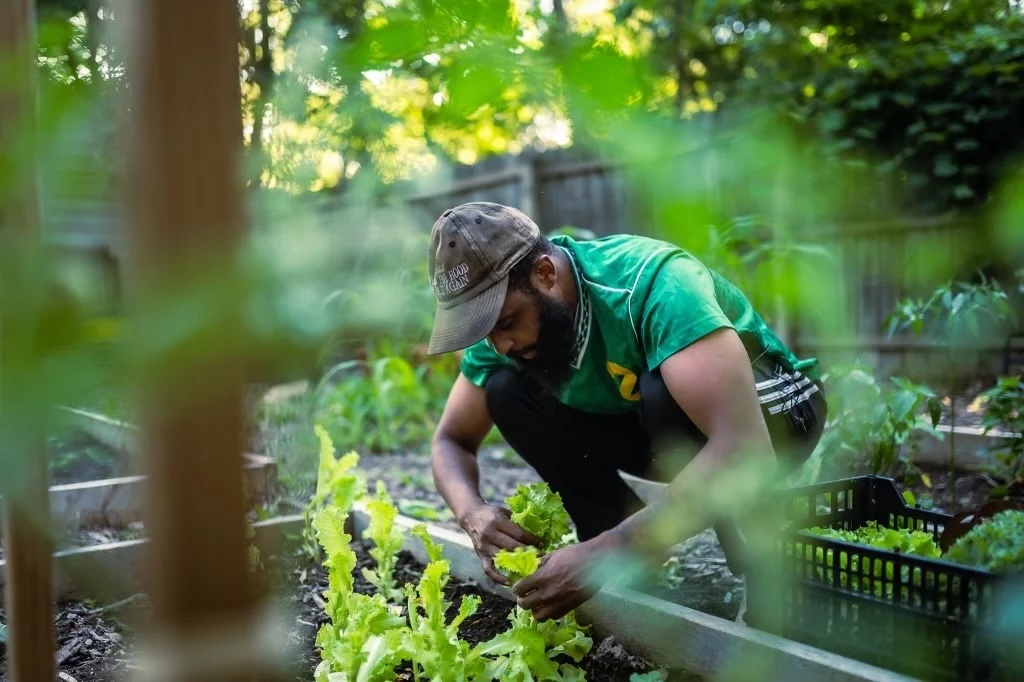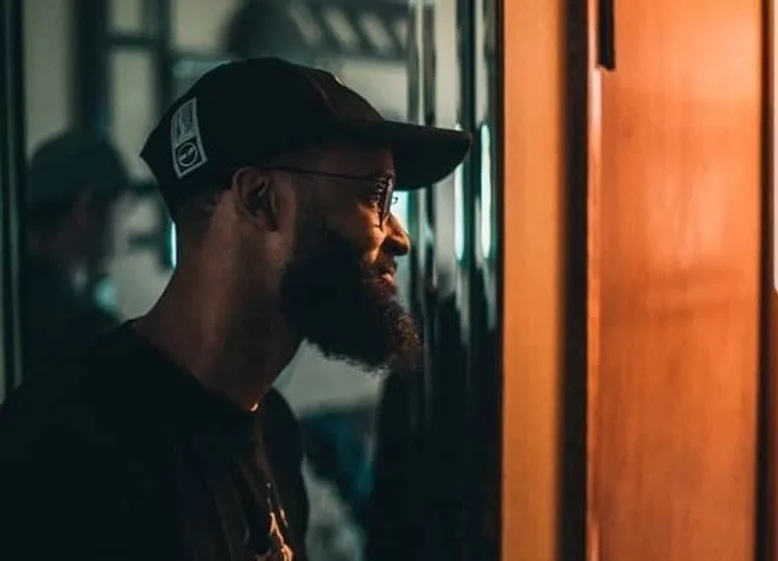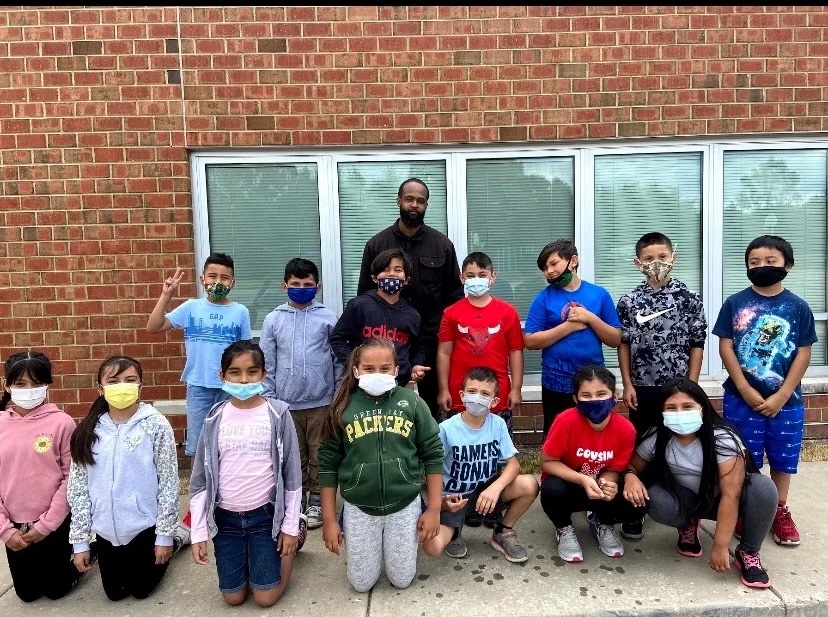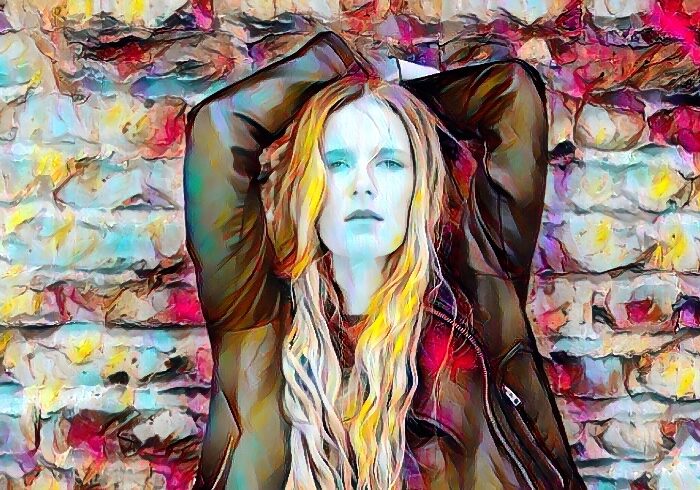
If we understand the genesis of our present, we have a chance at changing the future.
Eve Ewing, Ghosts in the Schoolyard: Racism and School Closings on Chicago’s South Side
On the periphery of downtown Chicago’s glitz and magnetism, in gardens forged on once-neglected real estate, things are growing.
The city Carl Sandburg dubbed “hog butcher for the world” has evolved into one of the country’s most burgeoning urban farm hubs. As food deserts extend into nearby suburbs, so do the agricultural efforts of communities in need of access to affordable, healthy food.
Urban farming as a means to food access is not a new concept. Food inequity in urban areas is a widespread but underdiscussed issue with sinister roots, and an interrogation of these roots is not a divisive task, but rather a contextual one. To examine, say, the lack of grocery stores and poor longevity of local businesses on the south side of Chicago is to understand the residual effects of Jim Crow–era legislation and real estate’s slowly loosening grip on discriminatory practices. Redlining—the denial of loans or mortgages to targeted neighborhoods with specific demographics—set back local economies by decades and robbed families of generational wealth. Big box stores and grocery chains still refuse to open shop in the country’s most neglected neighborhoods. And yet, despite institutional blockers in their way and an undeniably long road ahead, the people in these communities are carrying forth a food revolution.
❦
Jeff Williams is one of those people, and his farming journey started with a look back. When COVID-19 shut down the world in 2020, Williams, like so many others, looked in all directions for rejuvenation. At the time a freelance private chef and school security officer in the north suburb of Waukegan, he uncovered a family history of farming and decided to give it a try.
Fast forward to 2023, and twelve raised beds line Williams’s backyard, which is covered in mulch donated from a neighbor’s timber company. It’s January, and cold, so a fire burns as he and his kids prepare to plant some of their earliest crops. In a few weeks, they’ll drive up the street to another plot of land to plant in more beds that they will later harvest for local nonprofits, personal use, and Williams’s pop-up restaurant venture From Hood to Table. What began as an exploratory hobby turned into a passion and has since grown into a mission to weave sustainable food and goods into his community’s culture. And just what does an end goal look like?
Ownership, according to Williams. To take a piece of property, however big or small, and understand it, cultivate it, and then see the tangible fruit of one’s labor growing from the soil is a transformative experience. “I’ve seen it with my own kids,” Williams says. “They had no interest in it when I was just having them help me. But when they planted something and saw it grow, they’d want to go taste it. Even bitter crops like Swiss chard. The more they learned, the more they loved the idea that they made that grow.”
Education is a primary focus of most urban farming efforts, especially among the many nonprofits and organized farms across the city and suburbs. Williams says it’s not just the understanding of how to farm and why it is important that makes an impact, but the physical act of seeing a seed through from sowing to harvest. In his eyes, having something to care for that provides sustenance instills in a farmer accountability for the very ground in which the crop grows. Such accountability is the first step toward a community’s collective sense of pride in their neighborhood, as well as a step toward changing the way they think about food. But, as Williams well knows and history has proven, change is a process that takes time.
❦

The time it takes to see tangible change can be sped up with more resources, which is why urban farming has been institutionalized through various nonprofits across the country. Take Urban Growers Collective in Chicago, for example, in which Williams is a participant. Founded in 2017, and built in the image of another nonprofit that operated for more than twenty-five years in Milwaukee, the organization grows produce on eight farms across eleven acres on Chicago’s south and west sides. The founders are attuned to the multifaceted impact that sustainable, affordable food access can have on a community. Job training, community education programs, and a mobile market are just a few of the initiatives that have allowed Urban Growers to garner national attention, particularly for their efforts to change legislation around food access. They are a glowing representation of what the hundreds of other organized urban farms are trying to accomplish.
Still, there are challenges. Sugary and processed foods are cheaper and more accessible than produce. They don’t need to be prepared and can be eaten on public transit. And what if people don’t want to change their diet? What if they don’t have time? These are real roadblocks for the shift in a culture, which is why the individual efforts of people such as Williams are just as important as the larger organizations such as Urban Growers Collective.
❦
“I don’t need one hundred people doing this perfectly. I’m not perfect, either. I’d rather have one thousand people just trying,” Williams says. “Grow something. Be cognizant of what you eat. That’s what I tell people. I say I’ll come build your beds for you and help you plant. Email me and I’ll give advice.”
When I speak to him, he’s in a room surrounded by fish tanks and produce. “I’m going to use all of this,” he says, gesturing at the area behind him. He also wants to get his practices into school curriculums, and has started the process of providing classes to local schools as noncredit courses. He is as ambitious as he is tethered to his patience in the process. The most infectious thing about him is that he sees every one of his ideas through, and each one is just another tool for the slow-and-steady change he seeks.
A sizeable percentage of Williams’s harvest goes back into From Hood to Table, where he builds new menu items using his crops and hosts pop-up restaurant experiences around Chicago. He also creates water-soluble products for growing, fish oils from fish he catches in Lake Michigan, calcium deposits, and more products branded “Hood Organics,” which he provides through local plant houses. During the week he works with the socially conscious Drip and Culture Coffee in Waukegan, where he assists their young entrepreneurship program, and teaches kids how to compost through Black’s Academy of Excellence in Zion, Illinois, and the nonprofit F.O.C.U.S. (For Our Children’s Undistracted Success).
Like everyone in the urban farming game, he is aware of the challenges. He is also determined to model ways to overcome those challenges, and he is passing his work ethic down to his kids and the communities he serves.
❦
Revolutions, like farming, require remarkable persistence. Waiting on legislation to pass can feel like an endless fight. Living in the vacuum of a slowly changing community will provide its disheartening moments; poor crop yield, violence, and a general disrespect for property can set farmers back. It’s difficult to keep speaking when you feel your voice isn’t heard or your work isn’t bearing fruit.
The Chicago of Sandburg’s titular poem was a bit different from the city at present. But the poem offers a snapshot of a place dealing with much of the same difficulties we see today. Sandburg lauds the city as a “tall bold slugger set vivid/against the little soft cities” and, as a collective unit, a place that stays “Shoveling,/Wrecking,/Planning,/Building, breaking, rebuilding” in spite of its flaws. The spirit of Chicago’s people has been a constant, one that continues to propel change.
Later this summer, Jeff Williams’s kids will walk out to their garden beds and see color sprouting through the dirt. They will sink their hands into the earth and pull carrots into the fresh air. They’ll pick peppers and tomatoes, onions that they’ll place in a basket above their sink to later wash and mince for their father’s restaurant. They will be another generation of growers, and the food they eat will be tangible proof that the work they’re doing matters.



